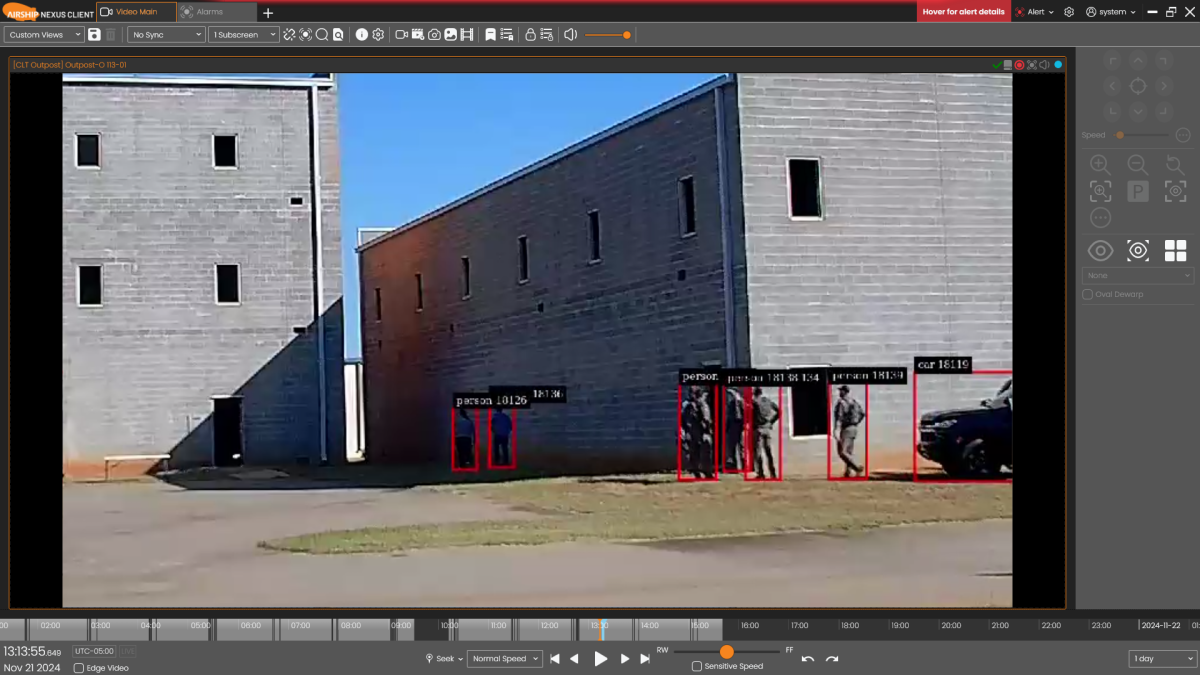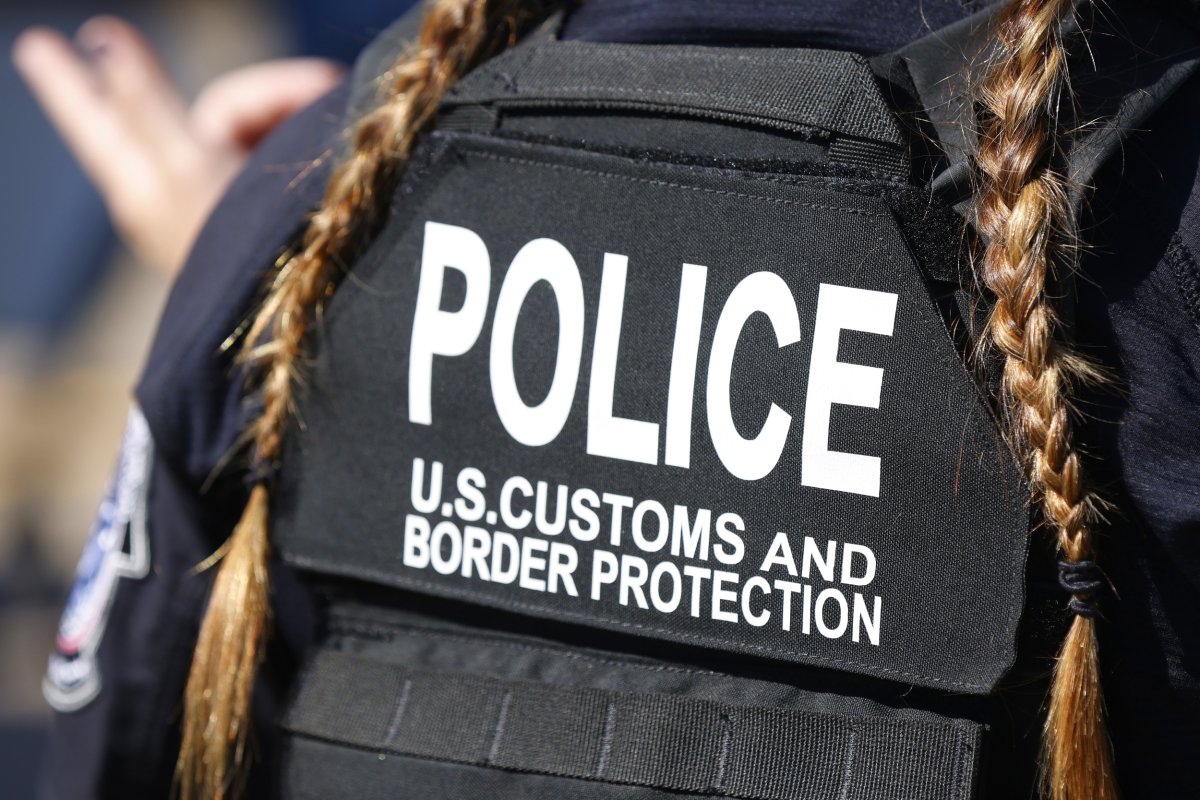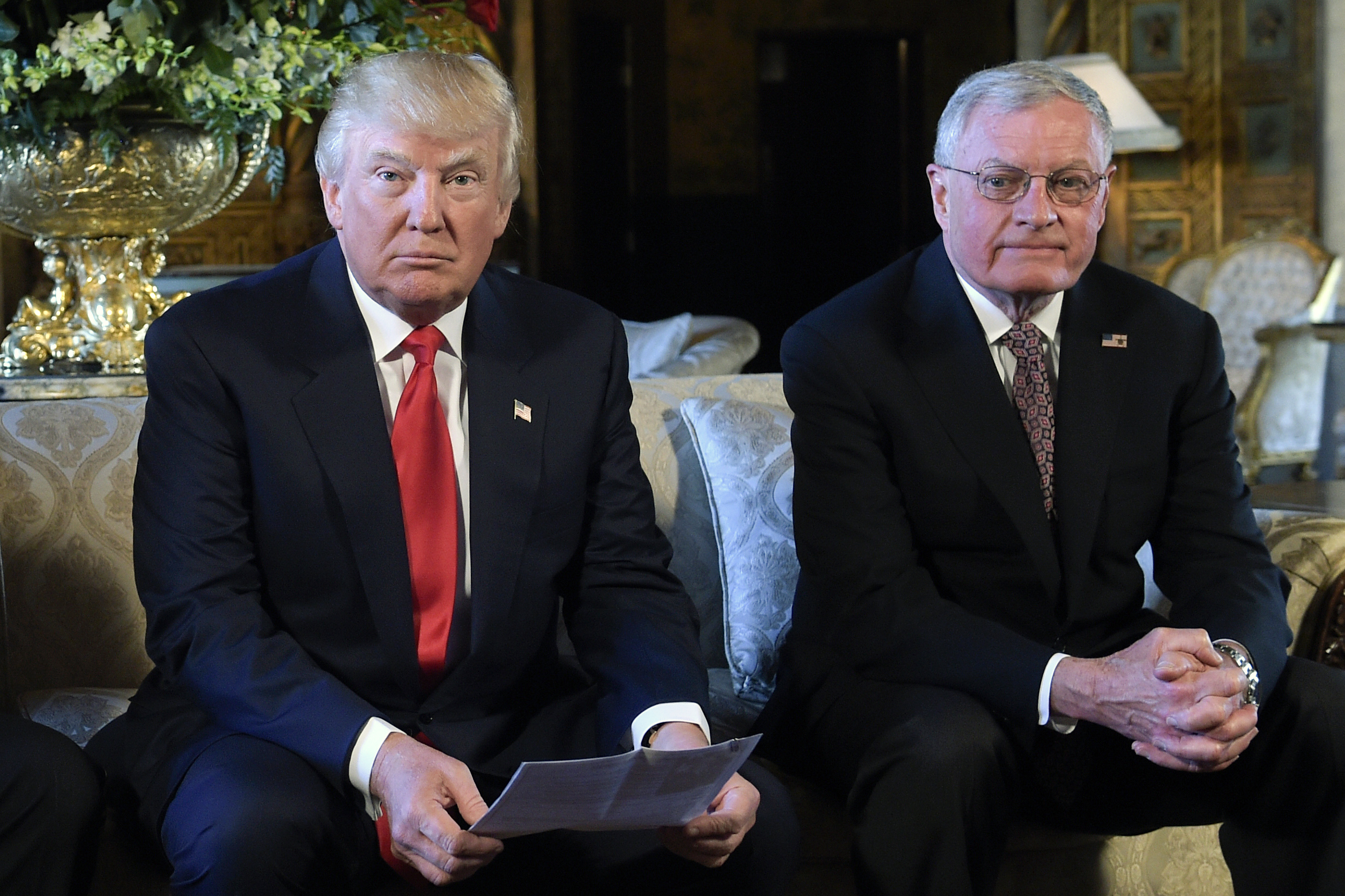Artificial Intelligence (AI) is being deployed along the United States border with Mexico, in the hope that the technology will help spot human traffickers, drug smugglers and migrants in distress in the gaps between Border Patrol stations.
Known as a "virtual wall" of surveillance, the new tech is being implemented with the hope that U.S. Customs and Border Protection (CBP) officers can spend more time in the field rather than sitting behind a desk.
One of the companies helping with the program is Airship AI, whose president Paul Allen told Newsweek that cameras and physical walls are not enough to tackle illegal crossings and crime along the 2,000-mile stretch.
"We're using AI to be that first set of human eyes, it can watch hundreds or thousands of cameras and detect anomalies that an agent might have said is interesting to them," Allen said.
"Whether that's a group of people, or people carrying weapons or backpacks or fentanyl precursors, whatever the scenario may be, AI allows us to take some of the human eyes off the screens and only have to put eyes on the screen when some identifiable event or trigger-able conditions occur.

How can AI police the border?
"The more that we can put people out on the frontline and get them out of these back-office roles, it's better," Allen told Newsweek, explaining that the strategy isn't just about enabling officers to arrest criminals, but also to reach migrants in distress in remote areas.
The U.S. Department of Homeland Security explains on its website that it already uses AI across its agencies, including CBP. The border patrol uses it to screen cargo at ports of entry, validate identities in its CBP One app and help officers understand any threats at the border.
As Newsweek previously reported, many surveillance cameras along the border are out of action, making it difficult for officers to get a clear picture of what is happening in remote areas, and raising concerns that more people are crossing the border than CBP is able to track.
Airship AI's technology can monitor camera feeds for known objects, including vehicles and people, in order to alert officers, while also helping to plot potential pathways used by smugglers.

Allen said that AI is able to adapt to changing trends by migrants, smugglers and cartels, who react to U.S. law enforcement actions — such as the construction of temporary barriers — by changing where and how they cross the border.
"With technology, just because there is no wall, doesn't mean there aren't sensors and cameras and other capabilities that can provide that same level of enforcement," Allen said.
While President-elect Donald Trump has promised to continue building his physical wall along the border, Allen believes a virtual defense perimeter is potentially more useful than a physical wall.
"It's not biased, it's there to just tell you what's going on and help you better respond to what's going on and hopefully that's in the best interest of whoever those individuals are," Allen said, referring to migrants who may need medical aid.
Lawmakers need to 'put politics aside'
Allen said he believes the debates over immigration in recent months and years have blocked progress and investment in tackling real issues at the southwest border.
"In a lot of cases, people can't get out of their own way to say 'Hey, look, let's take this argument and put it over here'," Allen said, adding that lawmakers needed to address policies around immigration while also addressing border security as a non-partisan issue.
"Everybody is wrapped up in this bigger, much more public debate over 'What do you do when you get them?' and we've spent so much time thinking about that and talking about it, that we haven't spent the time investing in CBP and these other agencies."

Airship AI, one of several companies DHS works with to deliver border security, is hoping that the incoming administration will take the need for AI investment seriously, even if it takes longer than four years to implement some changes.
The company has dedicated some $105 million for developing technology that can be used by DHS. The department has pledged to embrace new border security technology, with its previous yearly budget including $535 million for systems at and between official ports of entry.
During the campaign, Trump promised to hire thousands more border patrol agents, while his incoming border czar Tom Homan has promised that the border will be secured and illegal crossings will stop altogether.
Allen said moving away from politicizing the issue and simply continuing to tool-up CBP would allow border patrol agents to do the job they signed up for, rather than feeling hindered by excessive scrutiny.
"With the change in the administration to come, I think there's a lot of excitement that 'Hey, maybe I'm going to be allowed to do my job again', which is enforcing the laws of this country," Allen said.
Newsweek reached out to CBP for comment via email on November 20.



















 English (US) ·
English (US) ·